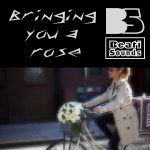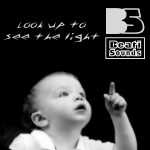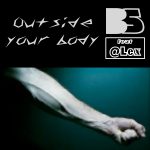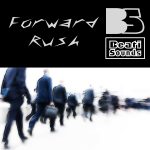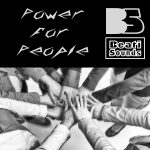Recent posts: beati
Follow the stars – Beati Sounds – [Download] Free
Follow the Stars – Single
Listen to Follow the Stars – Single on Spotify. Beati Sounds · Single · 2017 · 2 songs.
Dutch EDM artist Beati Sounds proudly presents you his latest Vocal Pop track ‘Follow the stars’, with a Progressive vibe that has heavy Deep House influences and will go down well with people into artists like Calvin Harris and Major Lazer.
Beati Sounds is getting huge support!
We have noticed our music is getting much more tracktion the last couple of months by the increasing Beati Sounds support list. So we are very proud to show you our big support list here:
| • | Alex Beckett |
| • | Andrea Mazza [M2O Radio] |
| • | Aponaut 2 |
| • | Ariel Lizana Hidalgo [Ariel Beat] |
| • | Brisk |
| • | Carl Austin [Liquid Pulse] |
| • | Cento | Vincent Davasse |
| • | Cherish [Safehouse Radio] |
| • | Craig Quinn [Quinny] |
| • | Curtis + Craig |
| • | Danny Slade [VMM Magazine] |
| • | Dave Scott [Country Club] |
| • | Dave Spinout [High Fish] |
| • | Dean Zone |
| • | Deny [Extreme Revolution] |
| • | Derb |
| • | Dizmaster |
| • | DJ Mark King [MOS] |
| • | DJ Mosquito |
| • | DJ Sundance [Boxx] |
| • | Douglas [USA Trance Movement] |
| • | Fausto 2 |
| • | Faze 2 |
| • | Galvatron |
| • | George Von Liger |
| • | Giuseppe Ottaviani |
| • | Guy Alexander [Ascent] |
| • | Hakka / Mark Reading |
| • | Jake Nicholls [Uprising] |
| • | Jam El Mar |
| • | Johan @ DI.FM |
| • | Johnny L [Kiss FM Australia] |
| • | Jonathan Maby [MOS] |
| • | Jumpin Jack Frost |
| • | Keoni Mira |
| • | Kev SmootHound Walters [Extreme Revolution] |
| • | Latex Zebra [Harderfaster] |
| • | Liam Bayliss / Tafia [Thailand] |
| • | Loki [Terminal Trax] |
| • | Luc Poublon / The Act |
| • | Mark Roket [Friction] |
| • | Marty Curran [MOS] |
| • | Missrepresent |
| • | Neil Moore [BFBS Radio 1] |
| • | Nostic |
| • | Paul Hawcroft [JSV / The Gallery] |
| • | Proteus / Puss & Kram |
| • | Pusher [Discover Trance] |
| • | Rafy Nieves |
| • | Remnis |
| • | S Bright [MOS] |
| • | Stephen Hamlet [Country Club] |
| • | Stephen Mapp [MOS] |
| • | Steve Butch Jones [Something Global] |
| • | Tommie Quick [Tranzaction] |
| • | Tommy Renegade [Renegade System / Echidna] |
Session X – [Official] Videoclip by Beati Sounds
Dutch EDM artist Beati Sounds proudly presents you his latest Drum and Bass track ‘Session X’, with a Dark vibe that has heavy Hardcore influences and will go down well with people into artists like Andy C.
Session X – Beati Sounds Video: Drum and Bass Hardcore Industrial Techno
Dutch EDM artist Beati Sounds proudly presents you his latest Drum and Bass track ‘Session X’, with a Dark vibe that has heavy Hardcore influences and will go down well with people into artists like Andy C. Swedish Artist Lezamaboy remixed it into a dark techno remix called ‘Session Y’ that still captures the same Dark Vibe with heavy industrial influences.
Session X – Beati Sounds – [Download] Free
Session X – Single
Listen to Session X – Single on Spotify. Beati Sounds · Single · 2017 · 2 songs.
Dutch EDM artist Beati Sounds proudly presents you his latest Drum and Bass track ‘Session X’, with a Dark vibe that has heavy Hardcore influences and will go down well with people into artists like Andy C.
Swedish Artist Lezamaboy remixed it into a dark techno remix called ‘Session Y’ that still captures the same Dark Vibe with heavy industrial influences. If you like Bas Mooy or Monoq, this is your favourite!
Bouncing Ball – Beati Sounds – [Download] Free
Bouncing Ball – Single
Listen to Bouncing Ball – Single on Spotify. Beati Sounds · Single · 2016 · 2 songs.
Dutch EDM artist Beati Sounds wishes you a Marry Christmas with a new track that rocks your tree! ‘Bouncing Ball’ uses Drum and Bass to bounce your Christmass Balls around with a progressive edge. If you are into artists like Nosia and Spor, you will definitely like this track.
Download from:
Carribean Sun – [Official] (Kervo – Drum and Bass) Videoclip by Beati Sounds
The Drum & Bass remix done by British artist Kerfo really puts it into a higher gear that will please fans that like artists like Nosia and Spor. Grab your copy now:
Caribbean Sun – Beati Sounds (Kerfo) Video: Drum and Bass
Dutch EDM artist Beati Sounds proudly presents you his latest Dance track ‘Caribbean Sun’, with a Electric vibe that has heavy EDM influences and will go down well with people into artists like David Guetta and Martin Garrix.
Carribean Sun – [Official] (Krix – Bigroom) Videoclip by Beati Sounds
To complete the release, the artist Krix from Germany added groovy elements to create a powerfull bigroom mix with an edge. If you like Dannic, this is your favourite mix! Grab your copy now:
Caribbean Sun – Beati Sounds (Krix) Video: Groovy Bigroom
Dutch EDM artist Beati Sounds proudly presents you his latest Dance track ‘Caribbean Sun’, with a Electric vibe that has heavy EDM influences and will go down well with people into artists like David Guetta and Martin Garrix.
Carribean Sun – [Official] Videoclip by Beati Sounds
Dutch EDM artist Beati Sounds proudly presents you his latest Dance track ‘Caribbean Sun’, with a Electric vibe that has heavy EDM influences and will go down well with people into artists like David Guetta and Martin Garrix. Grab your copy now:
Caribbean Sun – Beati Sounds Video: (Extended Remix) EDM
Dutch EDM artist Beati Sounds proudly presents you his latest Dance track ‘Caribbean Sun’, with a Electric vibe that has heavy EDM influences and will go down well with people into artists like David Guetta and Martin Garrix.
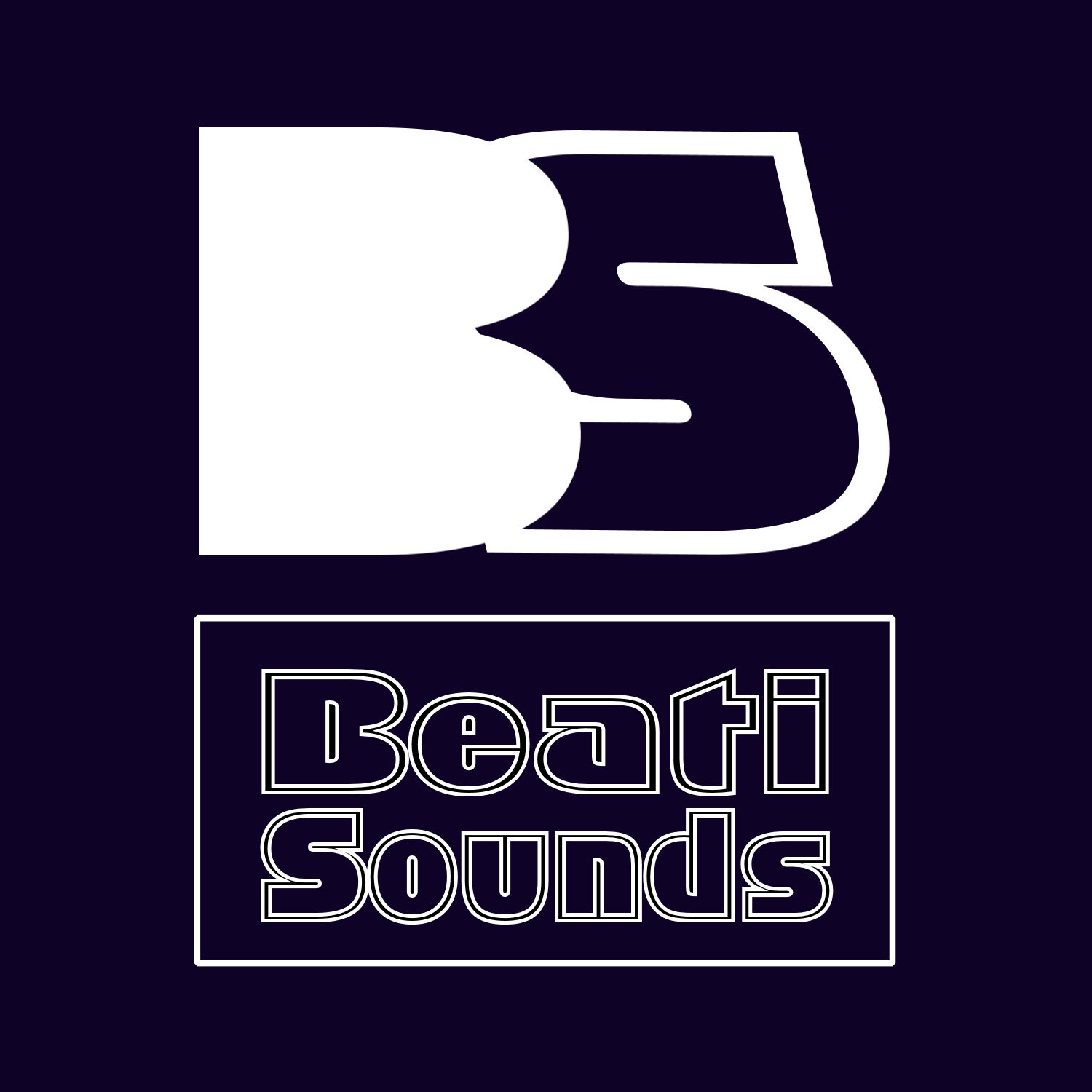
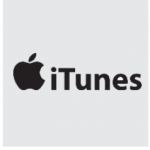


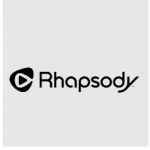


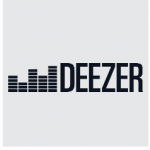
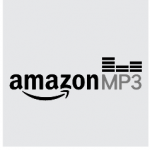
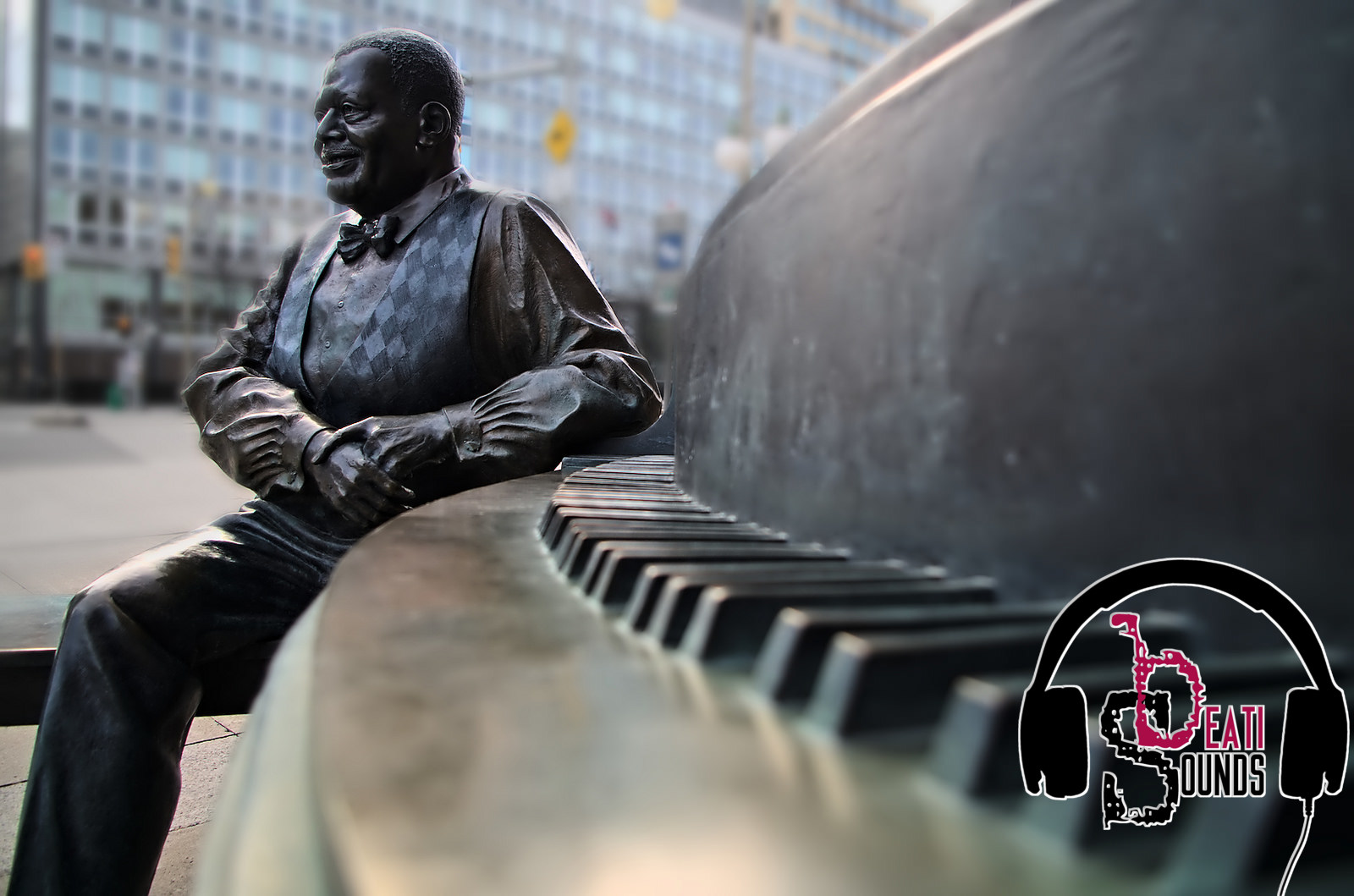
![Session X – [Official] Videoclip by Beati Sounds](https://beati-sounds.com/wp-content/uploads/2017/01/Session-X_2-768x768.jpg)
![Carribean Sun – [Official] (Kervo – Drum and Bass) Videoclip by Beati Sounds](https://beati-sounds.com/wp-content/uploads/2016/11/Carribean-Sun-768x768.jpg)
